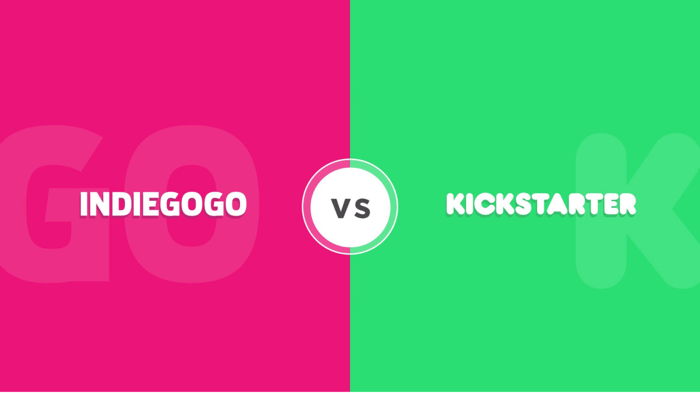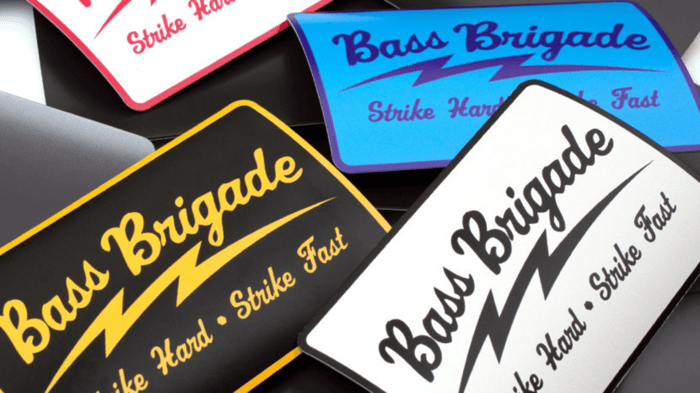Crowdfunding has become an increasingly popular way for people to bring their projects to life, from new technology and products to independent films and artistic endeavors. However, with so many options available, it can be difficult to decide which platform is right for your project.
In this blog post, we'll take a look at the similarities and differences between Kickstarter and Indiegogo.
Indiegogo AND Kickstarter
Funding goal
Both Kickstarter and Indiegogo allow creators to set a funding goal for their project and offer rewards to backers who help them reach that goal. These rewards can range from a simple thank-you note to exclusive access to the finished product.
Categories
Both platforms have a wide variety of categories for projects, such as technology, art, and film. This allows creators to reach a targeted audience who are interested in the same type of projects.
Countries available
Both platforms are open to creators from around the world, although Kickstarter is only available in certain countries. This means that creators from all over the globe can share their projects with a global audience.
Platform fee
Both platforms charge a 5% fee for their services, including a percentage of the funds raised. This fee is a small price to pay for access to such a wide audience and the ability to bring your project to life.
Indiegogo VS Kickstarter
Funding Scheme
One of the key differences between the two platforms is that Kickstarter operates on an all-or-nothing funding model. This means that if a project doesn't reach its funding goal, creators don't receive any of the money raised. Indiegogo, on the other hand, offers both an all-or-nothing and a flexible funding model, meaning that creators can keep the money they raise regardless of whether they reach their goal. This is a major advantage for creators as it allows them to keep the money they've raised and continue working on their project, even if they don't reach their initial goal.
Funding extension
Indiegogo also offers a service called Indiegogo InDemand, which allows creators to continue accepting funding after their campaign has ended. This is a great option for creators who have reached their funding goal but still want to accept additional funding to improve their project or offer new rewards. It also allows backers who missed the original campaign to still contribute and receive rewards.
Indiegogo also offers a service for enterprise clients called Indiegogo Marketplace, which allows creators to offer their products for pre-order after their campaign has ended. This is a great option for creators who want to continue selling their product after the campaign is over, without having to set up their own website or online store.
Categories
Indiegogo has more categories and subcategories for creators to choose from when listing their projects. This allows creators to reach a more targeted audience and increase their chances of success.
Indiegogo also has a more flexible policy on what is allowed to be listed on the platform. This means that creators can list a wider range of projects on Indiegogo, including projects that may not be accepted on Kickstarter.
In addition to the above differences, Indiegogo also offers a number of resources to help creators with their campaigns. These resources include guides on how to run a successful campaign, tips on creating a great video, and advice on how to reach your target audience. Indiegogo also offers a number of tools to help creators promote their campaigns, including social media integration and email marketing tools.
Another major advantage of Indiegogo is its customer support. They have a dedicated team of experts who are available to answer any questions.
Ultimately, the choice between Kickstarter and Indiegogo will depend on the specific needs and goals of your project. If you prefer a more flexible funding model and additional services, Indiegogo may be the better option for you. However, if you are comfortable with the all-or-nothing model and want to target a specific audience, Kickstarter may be a better choice.
Need more help making a decision? Speak to one of our crowdfunding experts for free!
Book a meeting here.





